Exposure to green spaces offers various social, physical, and mental benefits. These advantages range from decreased noise and air pollution to faster healing, recovery from stress, and improving immune system function. Natural spaces can also promote psychological restoration by providing a breather for stressed minds.
As per a recent study, people who spent time in nature for at least 2 hours per week were more likely to have higher mental and physical levels. Green spaces and infrastructures are co-created for co-benefits. Gardens and parks can serve to offer both aesthetic and recreation amenities which are their primary goals. At the same time, they can contain spaces that improve air quality or minimize damage from stormwater.
Below are some ways green spaces can contribute to society:
Reduced Stress and Violence
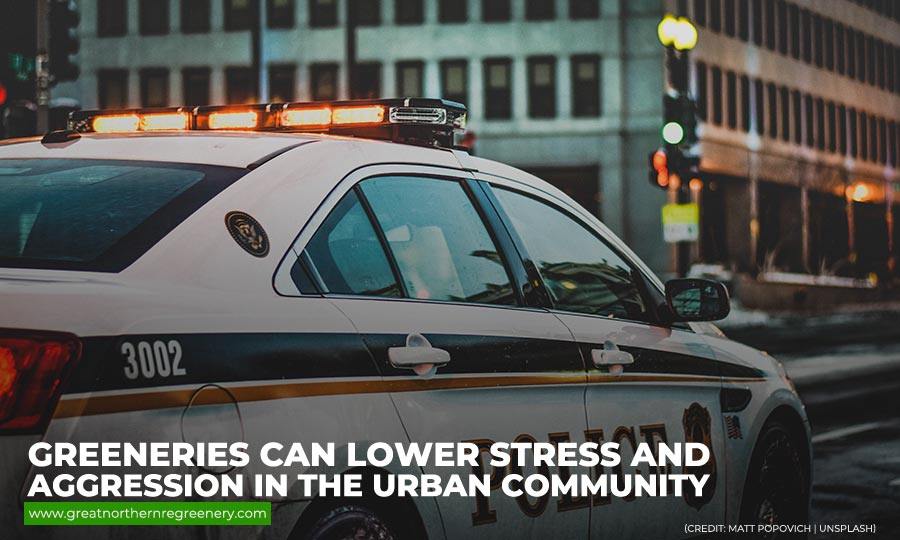
Street trees, natural spaces, landscaped traffic islands, and parks bring scenic views that bring about feelings of serenity, effectively lowering the stress of everyday life. Studies show that people who are emotionally and physically drained feel better after exposure to green spaces. Natural sceneries also decrease levels of violence and animosity.
Improvement of Concentration
According to studies, green spaces boost our concentration ability—both at handling our inner thoughts and tasks at hand. It impacts:
- Involuntary attention, which is the ability to perceive sensory stimuli from the environment
- Voluntary attention, which is goal-oriented and needs the conscious effort to avoid distractions and focus on the tasks at hand
In the past, those who were more attune to the natural environments had a better ability to detect dangers, like predators, and escape harm. Just by looking at green scenes, it puts your voluntary attention at ease, and enables your involuntary attention to take charge and revitalize your psyche.
Lack of green spaces exposure increases potential risk to hyperactivity disorder (ADHD), stress, clinical depression, and anxiety. Access to green spaces particularly benefits children with ADHD. A 20-minute walk in a park can improve their concentration and performance.
People Are Healthier
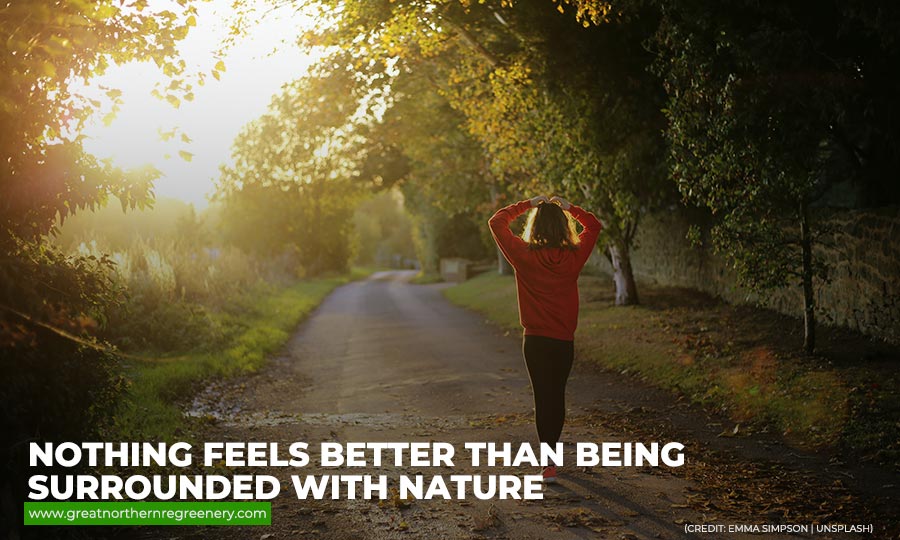
One of the health benefits of green space is that it can boost your health levels. Those who live within a half mile of natural space (like gardens, parks, and greenhouses) tend to have lower risks of diseases, including asthma, heart disease, anxiety, depression, migraines, and diabetes.
Reduction of Crime Rate
The majority of people believe that an increase in vegetation equates to an increase in crime, since it offers hiding places for would-be criminals. Areas that are densely vegetated are mostly feared, while areas that are well-kept and mowed are considered the safest. In contrast to these beliefs, properly maintained and designed green spaces have the potential to reduce crime.
The findings come from the non-profit organization researching the complex relationship between crime in urban areas and natural spaces. Several patterns were identified that can help update public safety policy, influence green space design, and promote communities that are peaceful and safe to live in.
Increased Productivity in the Workplace
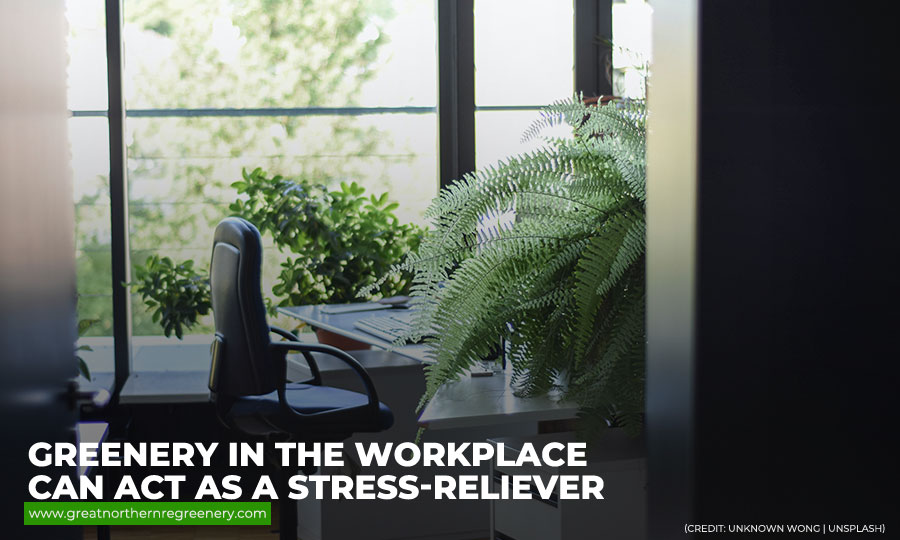
Green spaces can significantly boost productivity and morale among employees in the corporate setup. Workers at their desks with a view of nature—whether in a picture frame, in a form of indoor plants, or out a window—feel entirely relaxed. Those with zero plant visibility tend to feel more anxious and stressed out.
Better Biodiversity
By spreading green spaces, it contributes to creating a new surface of urban biodiversity. This new layer contains plants that provide food and habitat for species. It directly impacts future generations of wildlife that are essential for improving the well-being and quality of life in today’s communities. Green spaces also play an important role when it comes to preserving and supporting ecological functions—clean water and air.
Helps Decrease Pollution
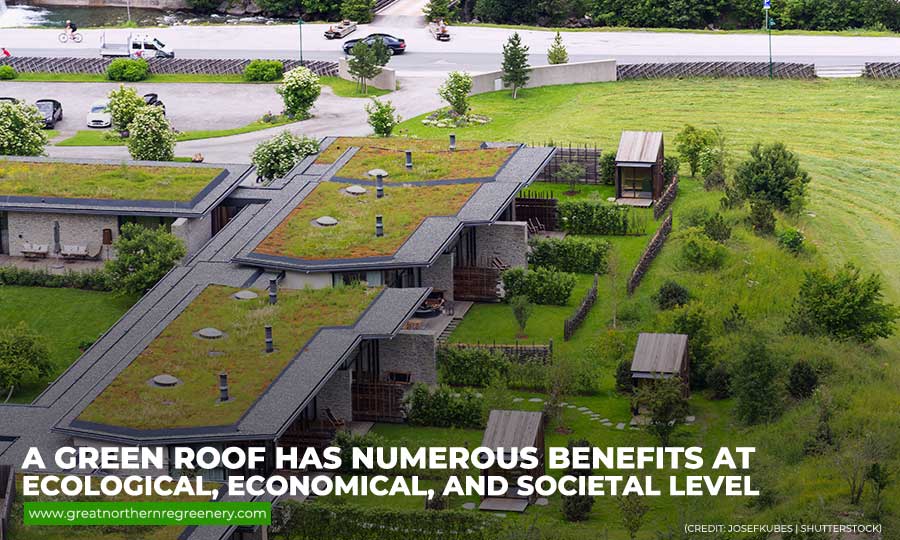
Pollution is one of the typical problems that most cities are facing. Plants that are placed on roofs serve as great filters from air pollutants that can cause us harm. A single square metre can absorb 200 grams per year of tiny contaminating particles that can pose a threat to health.
Better Management of City Water
Cities can retain rainwater in order to boost humidity. Installing green roofs is proven to absorb rainwater. It can reduce runoff that can impede the flow of urban sewer systems.
Can Lessen the Global Warming Effects
The effects of global warming—extreme weather events, increase in temperatures, glacial retreat, and spread of illnesses—have become more apparent in the past decade. The development of a new urban green ecosystem can contribute to the effort to fight against the progress of climate change.
Promotes Thermal Insulation
Installing green roofs on the buildings and residential establishments provides better insulation that results in warmer and cooler temperatures during cold and hot seasons, respectively. This reduces energy consumption by up to 10% in winter and 25% in summer.
Better Acoustic Comfort
Heat island is the term used to describe metropolitan areas that have higher temperatures compared to outlying areas. There is a larger temperature difference at night than in the day, and it is most obvious when wind levels are low.
The existence of green spaces in urban buildings can alleviate urban temperatures by at least 1 degree. Furthermore, green roofs and walls help lower the sound reflection by an average of 3 decibels and by up to 8 decibels for the acoustic insulation of infrastructures.
Developing More Greener and Productive Cities
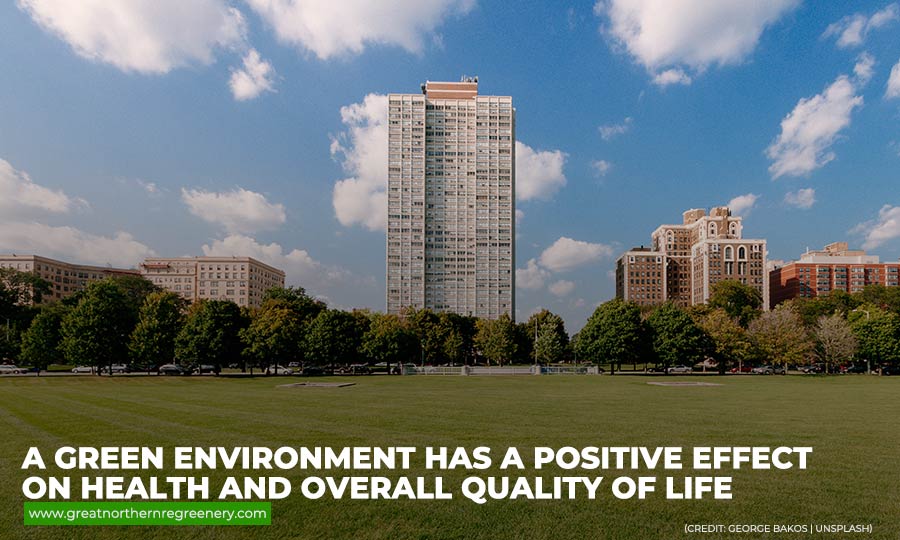
The health and economic benefits of green spaces and better disaster and safety resilience, gives disadvantaged communities a chance to address various issues. For this to be successful, projects that aim to create and improve urban green spaces must have support from communities.
Natural spaces can help neighbourhoods with low income become less vulnerable to health and climate risks by improving air quality and lowering temperatures. Cities need to take steps to make sure that the economic, environmental, and health benefits of green spaces can become drivers of enhanced social equity.
Increases Social Bonds
Green spaces and parks are the best places to engage with other people in the community, and boost social well-being. Connecting with nature can make you feel less lonely. You can build better connections with those around you, reducing crime and hostility.
Community parks are known not only for providing access to healthy foodstuff, but also for promoting mental health by lowering stress. Common areas in social community projects are utilized more when they contain more greenery. Living next to green spaces allows you to establish a stronger sense of belonging.
Risks of Green Spaces
There are few disadvantages of green spaces, such as:
- exposure to allergies
- common vector-borne illnesses (like dengue, borreliosis, and malaria)
- inadequate manpower and motivation to build green spaces
- urban density (increase in distances)
While that may be the case, this movement can still provide a wide variety of positive impacts for humans and the environment, now and in the future.
Developing urban green spaces may have become a valuable asset in modern life. However, it needs to be done right for the community to maximize its benefits. It’s crucial that businesses and homeowners alike handle trees and plants with utmost care. For a professional and cost-effective way of taking care of commercial or residential landscaping, contact Great Northern ReGreenery at (905) 775-7444. You can also visit our website to know more about our tree care services.





